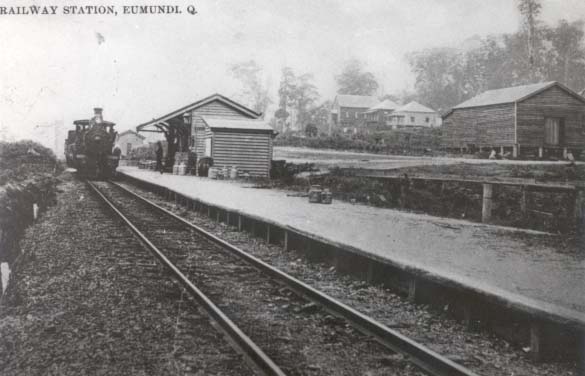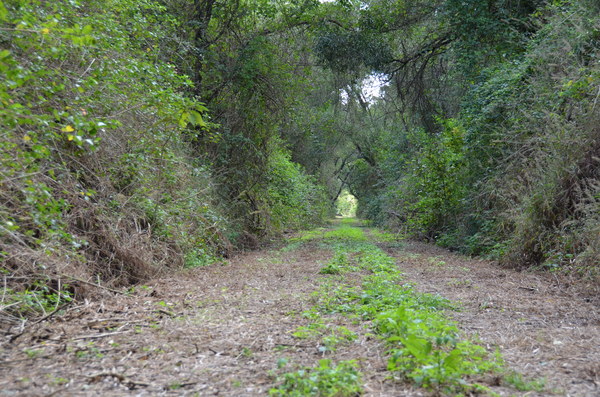By JOLENE OGLE
MOST Saturdays Eumundi local Michael Whitty can be found walking the 124-year-old rail trail from Eumundi to Cooroy with cutters in hand, pruning back trees and casting dead logs aside.
Mr Whitty, along with the Eumundi Historic Association (EHA), have a dream to re-open a 13 kilometre section of the former steam train route to walkers and are working to slowly reclaim small sections of the route.
Walking with Mr Whitty along a five kilometre section of the former North Coast Line used by steam trains more than a century ago, it is clear to see why the group is so passionate about the rail trail.
The beauty of the former track, which is sandwiched between the Bruce Highway and the current electrical track, is still visible and it is easy to imagine a 19th century steam train making its way along the stretch.
The engineering wonder was built in the late 1870s and was a major government infrastructure that is said to have helped forge a nation.
Rail trails are popular hiking tracks that follow the former route of a now out-of-service steam train, and the Eumundi to Cooroy section of the route is steeped in history.
Precious artefacts from yesteryear can still be found lining the embankments of the corridor which Mt Whitty said is one of the many reasons he is lobbying to have this track placed on the Queensland State Heritage Register.
Currently, by working together, the EHA and Mr Whitty have reclaimed approximately five and a half kilometres of the 13 kilometre route including a 300 metre section that runs through private property at the southern end of the easement off Grasstree Road south.
The land is privately owned but Mr Whitty said “delicate negotiations” have allowed the EHA to access the land and last Saturday Mr Whitty and sub-committee member Rick Templeton cleared the track to reveal the original rail ballast.
Mr Whitty said this 300m section of the trail is very interesting as it was an engineering feat for its time and as it was the steep section, an extra loco had to be connected to the train to get it up the hill.
“It involved the construction of the most massive embankment that, for its time, was an engineering wonder,” he said.
“This involved horse-drawn carts carrying railway ballast from a quarry up the range and tipping over the side of the embankment so elevation was gained.
“The sides of the embankment formed its own angle of repose as construction continued.”
The original ballast is still visible under the slashed grass and the rocks used to build retaining walls, brought in by horse, can still be seen too.
Mr Whitty said his goal is to have the historical railway corridor placed on the National Heritage Register and to do so will need to eventually convert the trail into a walking track administrated by Rail Trails Association of Australia.
“But there is a long way to go,” Mr Whitty said, with over seven kilometres of rail route yet to be reclaimed.
Mr Whitty hopes to open the track to the public who can enjoy the beautiful, historical walk in the future.








